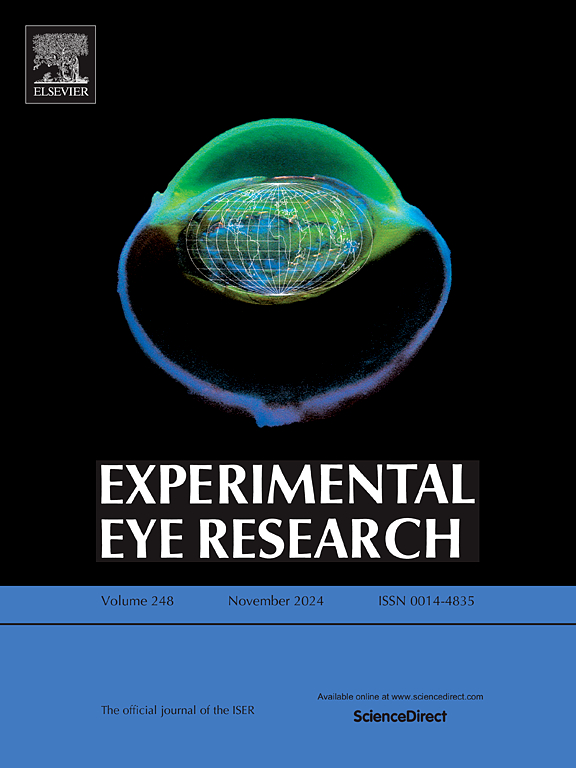A comprehensive review of experimental models for investigating blue light-induced ocular damage: Insights into parameters, limitations, and new opportunities
IF 3
2区 医学
Q1 OPHTHALMOLOGY
引用次数: 0
Abstract
Light-emitting diodes (LEDs) are widely used in modern lighting and electronic devices, including smartphones, computer monitors, tablets, televisions, and vehicle lights. Blue light (BL) hazards to eye health have received increasing attention because white LED bulbs emit higher levels of BL than traditional lighting sources. At wavelengths of 400–500 nm, BL is characterized by its high energy and risks associated with prolonged exposure, which may lead to photochemical damage and morphological alterations in the retina. Recent research has revealed that the harmful effects of BL are intricately linked to light intensity and exposure frequency, with mechanisms involving the overproduction of reactive oxygen species through photooxidative processes. This growing body of knowledge deepens our understanding of photodamage and opens avenues for exploring protective strategies for our eyes. Although current clinical trials assessing the safety of BL exposure remain limited, the development of experimental models that mimic physiological conditions has revealed BL toxicity. This review categorizes and evaluates BL-induced retinopathy in vivo, providing a comprehensive overview of the associated experimental parameters, including photosensitive fluorophores, light wavelength, illuminance, irradiance, exposure duration, animal strains, and their unique lesion patterns. Moreover, this study underscores the need for further research to evaluate photoprotective agents, which may offer valuable insights to the ongoing discussion on preserving ocular health in our increasingly illuminated digital environments.
全面回顾研究蓝光诱发眼损伤的实验模型:洞察参数、局限性和新机遇。
发光二极管(LED)广泛应用于现代照明和电子设备中,包括智能手机、电脑显示器、平板电脑、电视和车灯。蓝光(BL)对眼睛健康的危害日益受到关注,因为白光 LED 灯泡发出的蓝光水平高于传统照明光源。波长在 400 - 500 纳米之间的蓝光具有高能量的特点,长期照射会导致光化学损伤和视网膜形态改变。最新研究发现,BL 的有害影响与光强度和照射频率密切相关,其机制涉及光氧化过程中活性氧的过度产生。这些不断增长的知识加深了我们对光损伤的理解,并为探索保护眼睛的策略开辟了道路。尽管目前评估BL暴露安全性的临床试验仍然有限,但模拟生理条件的实验模型的开发已经揭示了BL的毒性。本综述对BL诱导的体内视网膜病变进行了分类和评估,全面概述了相关的实验参数,包括光敏荧光团、光波长、照度、辐照度、照射时间、动物品系及其独特的病变模式。此外,这项研究还强调了进一步研究评估光保护剂的必要性,这可能会为正在进行的关于在光照越来越强的数字环境中保护眼睛健康的讨论提供有价值的见解。
本文章由计算机程序翻译,如有差异,请以英文原文为准。
求助全文
约1分钟内获得全文
求助全文
来源期刊

Experimental eye research
医学-眼科学
CiteScore
6.80
自引率
5.90%
发文量
323
审稿时长
66 days
期刊介绍:
The primary goal of Experimental Eye Research is to publish original research papers on all aspects of experimental biology of the eye and ocular tissues that seek to define the mechanisms of normal function and/or disease. Studies of ocular tissues that encompass the disciplines of cell biology, developmental biology, genetics, molecular biology, physiology, biochemistry, biophysics, immunology or microbiology are most welcomed. Manuscripts that are purely clinical or in a surgical area of ophthalmology are not appropriate for submission to Experimental Eye Research and if received will be returned without review.
 求助内容:
求助内容: 应助结果提醒方式:
应助结果提醒方式:


